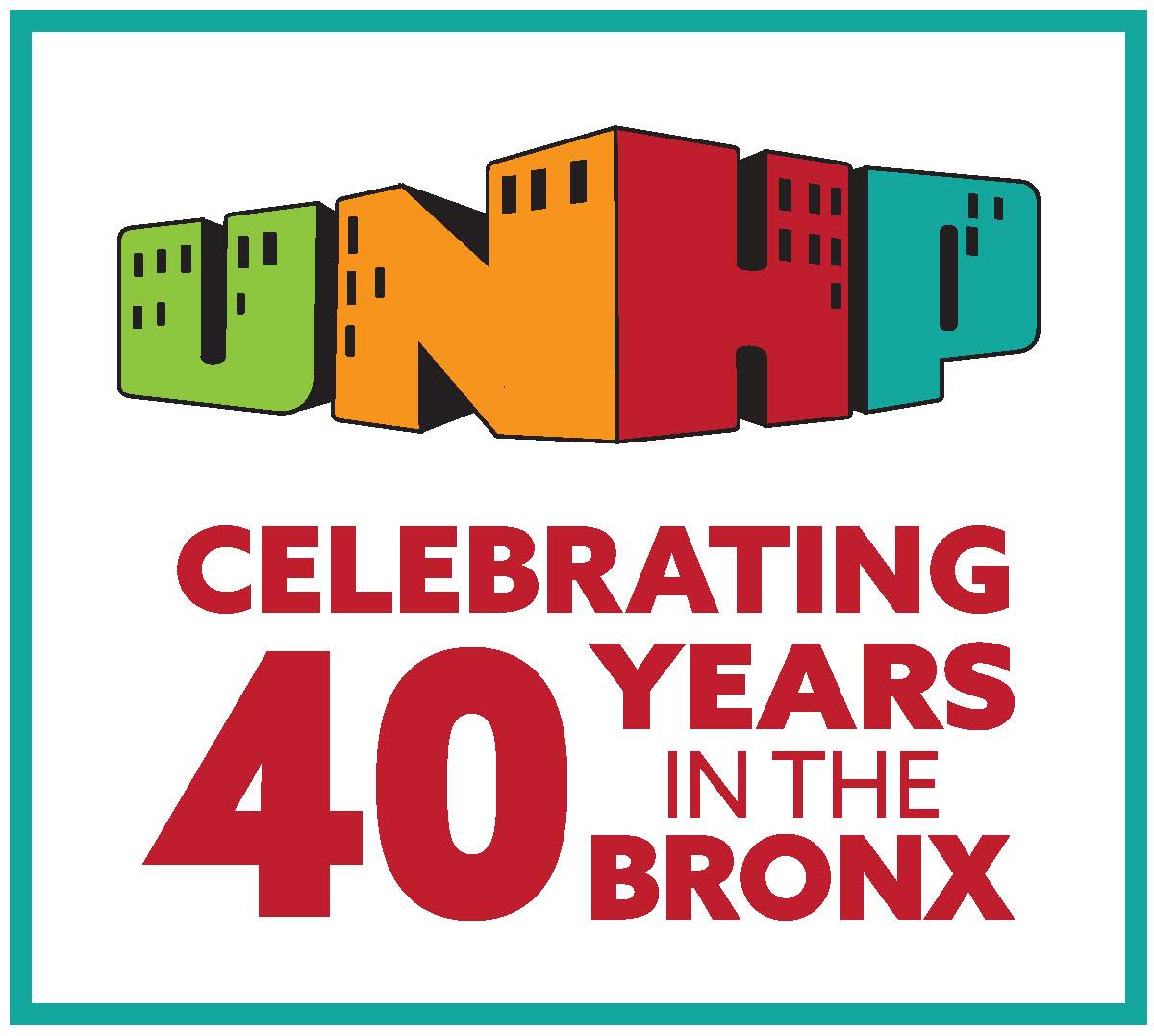Every day, Ms. Scott (who prefers to be known by her last name only) helps people who have been evicted from their apartments because they can't make rent. Scott, a Norwood mother of four, knows she would be in a similar bind if it weren't for Section 8 - the federal housing benefit that helps supplements her rent payments.
"I feel very lucky to receive Section 8," said Scott, whose monthly rent is a steep $1,300. "I don't know how I would survive right now without it."
If the House version of a long-overdue federal spending bill, which would cut thousands of vouchers from the program - is passed - Scott and thousands of other Section 8 recipients in the Community Board 7 (CB7) area might be forced to quickly learn how to manage without the benefit. Certainly, the 210,000 New Yorkers who are on its frozen waiting list will not get Section 8 anytime in the foreseeable future.
Section 8, officially called the Housing Choice Voucher Program, first began as a federal program in 1974. Over 100,000 families in New York City currently use Section 8 vouchers, capping their rent payments at 30 percent of their income. Typically, Section 8 certificates pay an average of $5,520 per year to those who earn less than half the city's median family income (roughly $59,000).
The program is widely considered a success. A bi-partisan, Congressionally-chartered commission concluded in a recent report that Section 8 is "flexible, cost-effective, and successful in its mission," and should be a "linchpin" of national housing policy.
Housing advocates are worried that the ongoing feud over the 2003 appropriations will take the wind out of Section 8's sails. The House agreed to cut 125,000 vouchers from Section 8 - an unprecedented move to slow an initiative that typically increases annually.
If the House bill does pass, New York City will be out some 3,000 vouchers. At press time, the House and Senate versions were in conference committee to resolve differences (the Senate version would maintain previous voucher levels). "Fortunately, [local Congressman] Jose Serrano . . . is on the conference committee and is a supporter of housing programs like Section 8," said Gregory Jost, program coordinator at the University Neighborhood Housing Program, a local nonprofit that tracks housing issues.
Nowhere in the city is the need for section 8 more obvious than in CB 7 - comprised of Norwood, Bedford Park, Fordham and University Heights - and CB 5 to the south. As of 1998, there were 4,376 units in CB 7 with vouchers - the second highest citywide - according to a report issued by NYU's Furman Center for Real Estate and Urban Policy. CB 5's over 5,000 units with Section 8 is the highest concentration of vouchers in the city. Together, almost 13 percent of the apartments in CB 7 and CB 5 receive vouchers, though the citywide average is 2.4 percent.
"This shows a much heavier reliance on Section 8 vouchers in CB 7 and CB 5 by both residents and landlords," Jost noted. "Cuts to Section 8 will have consequences for both groups."
Renters paid an average of almost 35 percent of their incomes on housing in University Heights and Fordham in 1999 - the second highest in the city - according to the Furman Center. Kingsbridge Heights and Norwood renters paid an average of 30 percent of their incomes, also on the high side.
But with a waiting list in the thousands, Section 8 can't help most. "The Section 8 program is not even taking new names any longer," said Sally Dunford, director of West Bronx Housing. "People have been on the list for 13 years without any help."
As Section 8 waiting lists grow nationwide, states are fast going through their available slots. New York State used 96 percent of its vouchers last year, up from 93 percent in 2001.
The pressing need has housing advocates angry. "This threat to the voucher program is without precedent and is unconscionable at a time when the need for federal housing assistance is at a record high," said Sheila Crowley, president of the National Low Income Housing Coalition, in a statement.
Renters seeking Section 8 in New York City are also now competing with the city's homeless population. "There's an inability of normal, low-income families to access Section 8 in New York City," said Frank Barconi, director of the Citizens Housing and Planning Council, a city public-interest organization.
Beginning in 1989, the city created a system to give Section 8 vouchers to landlords housing homeless families under the Emergency Assistance Rehousing Program (EARP). Though it once languished, EARP (also known as the scatter-site program) has become quite popular with landlords - who can earn up to $10,000 to house a family of eight, sometimes in questionable conditions - though controversial with permanent residents and housing advocates, as many negligent landlords are receiving the subsidy. Regardless, low-income residents are not benefiting from the situation, as Section 8 is now exclusively going to subsidize EARP.
"The problem underlying EARP is that it's hijacking the Section 8 program to deal with the homeless," Barconi said. To his knowledge, no other municipality in the country is using vouchers in this manner.
As rents continue to rise, Scott is worried that tenants pressed for cash will wind up at a homeless shelter. "Folks are having to go into shelters to get Section 8," through the scatter-site program, Scott observed. "I don't see why you have to be humiliated like that before you can get the vouchers."
